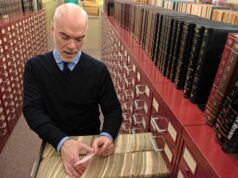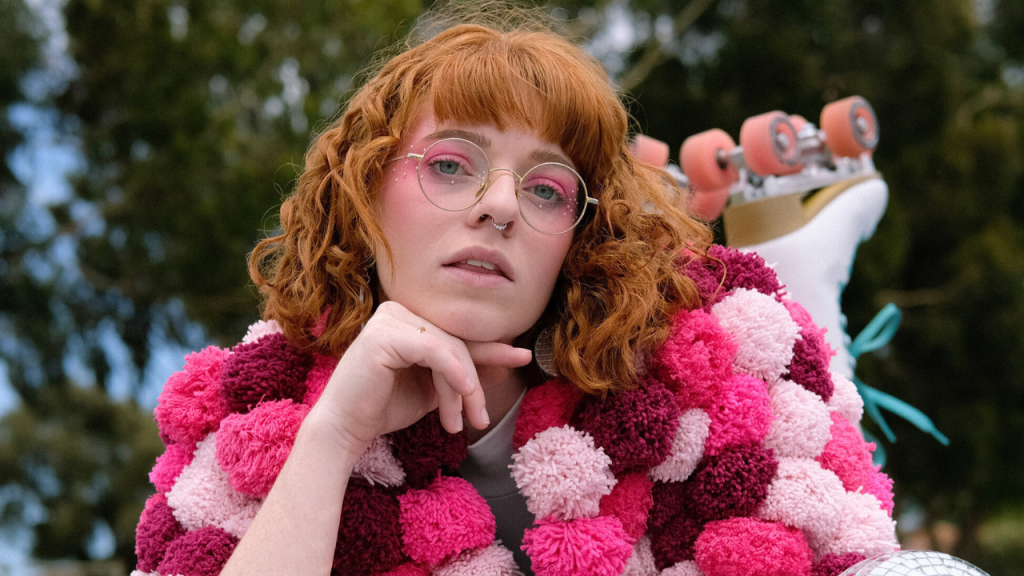
When it comes to art, September has usually been an especially busy time in the Valley, as college galleries and museums unveil new exhibits to welcome back students and faculty, and area galleries display their monthly changes as well.
Last fall, the pandemic shut down college art museums to the public and in most cases to students. But the University of Massachusetts Amherst and Smith College are now welcoming visitors back, and area galleries are offering new work, making September 2021 something of a return to normal.
Here’s a selected look at what’s on tap. Check for COVID-19 safety protocols and limitations for all venues.
To welcome visitors back, The Smith College Art Museum has three main exhibits on view. “SCMA Then/Now/Next” juxtaposes some of its earliest holdings with newer ones, and it’s also been arranged, staff say, to reflect the museum’s ongoing drive to give more exposure to art from previously underrepresented artists and cultures.
As exhibit notes put it, the museum’s 100th anniversary “provides an opportunity for us to confront the systematic ways in which museums, including SCMA, have distorted historical narratives by elevating some cultures and histories to the exclusion of others.”
Also on view at SCMA is a display of ancient art that’s been reimagined to include more objects from Asia, Persia, and the Americas, with less emphasis on ancient Egyptian, Greek and Roman art. And “Arts of Africa c. 1825-1960,” curated by Dr. Christa Clarke of Harvard University, offers a fresh view of SCMA’s African art collection.
At UMass Amherst, the Augusta Savage Gallery will open a new exhibit Sept. 10 that sadly couldn’t be more timely, given the weather-related disasters that have been reported seemingly from every corner of the globe this summer.
“Rising Waters/Blazing Earth” features multimedia prints from 32 members of Zea Mays Printmaking in Florence that focus on resource exploitation and environmental themes. More to the point, artists were challenged to create their work with materials that were “repurposed, plundered, rescued, recycled, traded, appropriated, or found,” as exhibit notes put it.
That goal also dovetails with a basic guiding philosophy at Zea Mays to use non-toxic materials and “make printmaking safer for artists and the environment,” as the group’s website notes.
Also at UMass, the University Museum of Contemporary Art (UMCA) opens an exhibit Sept. 23 on New York artist (and MacArthur Fellow) Nicole Eisenman, who’s known primarily for her oil paintings and sculptures. But the UMCA exhibit, “Prince,” will focus exclusively on Eiseman’s expressive prints — a first for the artist.
A mix of lithographs, etchings, woodcuts, paper pulp prints, and monotypes, Eisenman’s prints are full of “emotionally resonant, cartoonish figures, formed out of exaggerated, painterly lines and intense colors … [f]ull of pathos and dark humor,” as exhibit notes put it.
An accompanying exhibit, drawn from Five College collections, looks at Modernist prints by other artists whose work influenced Eisenman.
And at Hampden Gallery, including outside the building in a sculpture gallery, exhibitions featuring the work of artists Peter Dellert, Christopher Janke, and Daniel Zeller open Sept.7; an online exhibit of glass artists, “Formed with Silica,” also opens then.
Outside the colleges
In Northampton, William Baczek Fine Arts features a just-opened dual exhibit of painters Jeff Gola (from New Jersey) and Charlie Hunter (from Vermont), who share a love of landscape painting but use different mediums and offer distinctive styles.
New Jersey is one of the most urban states in the U.S., but Gola, who grew up on a farm, is drawn to rural landscapes and small-town views (including some here in the Valley). Using egg tempera on panel, his paintings offer great detail and atmosphere; some, like “Berkshire Vernacular,” a view of a weathered farmhouse in a winter, have an almost photographic quality.
Hunter’s work, primarily in oil paint but sometimes in watercolor, is more stark, with some paintings tending to abstraction. But his paintings also evoke the quiet of rural life, sometimes with a more lonely, haunting aspect: “Cantilever Signal,” as one example, depicts an empty stretch of railroad disappearing into tangled brush beneath darkening skies.
Also in Northampton, A.P.E. Gallery is featuring other work by one of the Hamden Gallery artists, Peter Dellert of Holyoke, in “New Paradigm Tool Company,” an exhibit that opens Sept. 8.
Dellert, a sculptor and mixed media artist, has also been a furniture and cabinet maker, and he draws on that experience to make sculptures from a wide variety of materials. In the A.P.E. exhibit, he’s created strange, surrealistic “tools,” such as a dustpan with a long curled handle that ends with a water valve.
The work, Dellert notes, looks to address manual labor and how it’s come to be viewed in a world increasingly dominated by technology; it’s an examination of what the increasing automation of manual work means for our future.
In Amherst, the Eric Carle Museum of Picture Book Art has long made the case for the illustrations of children’s work standing on their own. Hope & Feathers, the Amherst gallery and framing shop, will take a page from that idea and feature the work of children’s author and illustrater Aaron Becker starting Sept. 2.
Becker, who lives in Amherst, is the author of a wordless trio of fantasy books, the first of which, “Journey,” won a Caldecott Honor in 2014. His rich, detailed watercolor illustrations for those books, and the digitally altered pastel work in a fourth book, “A Stone for Sascha,” have drawn much acclaim.
Becker has also done the illustrations for a soon-to-be-released children’s book, “Survivor Tree,” about a small tree that slowly continues to grow right where the Twin Towers came down on 9/11.
And in Holyoke, PULP Galley will open “A Life in Art,” by Holyoke sculptor Edwin Lynch Sept. 11. Lynch previously worked as a producer, director, and cinematographer in both film and TV, and his work as a sculptor is also varied: bronze figures, masks, stone carvings and more.
His new work includes a number of figures of “Thinking Women,” which he introduces on his website with a short, humorous video that shows of images of “Thinking Men” sculptures and says “There are countless ‘thinking men’ across the world. Here’s an idea: ‘thinking women.’”
The work of painter Billy Evans will also be showcased at PULP in September.







